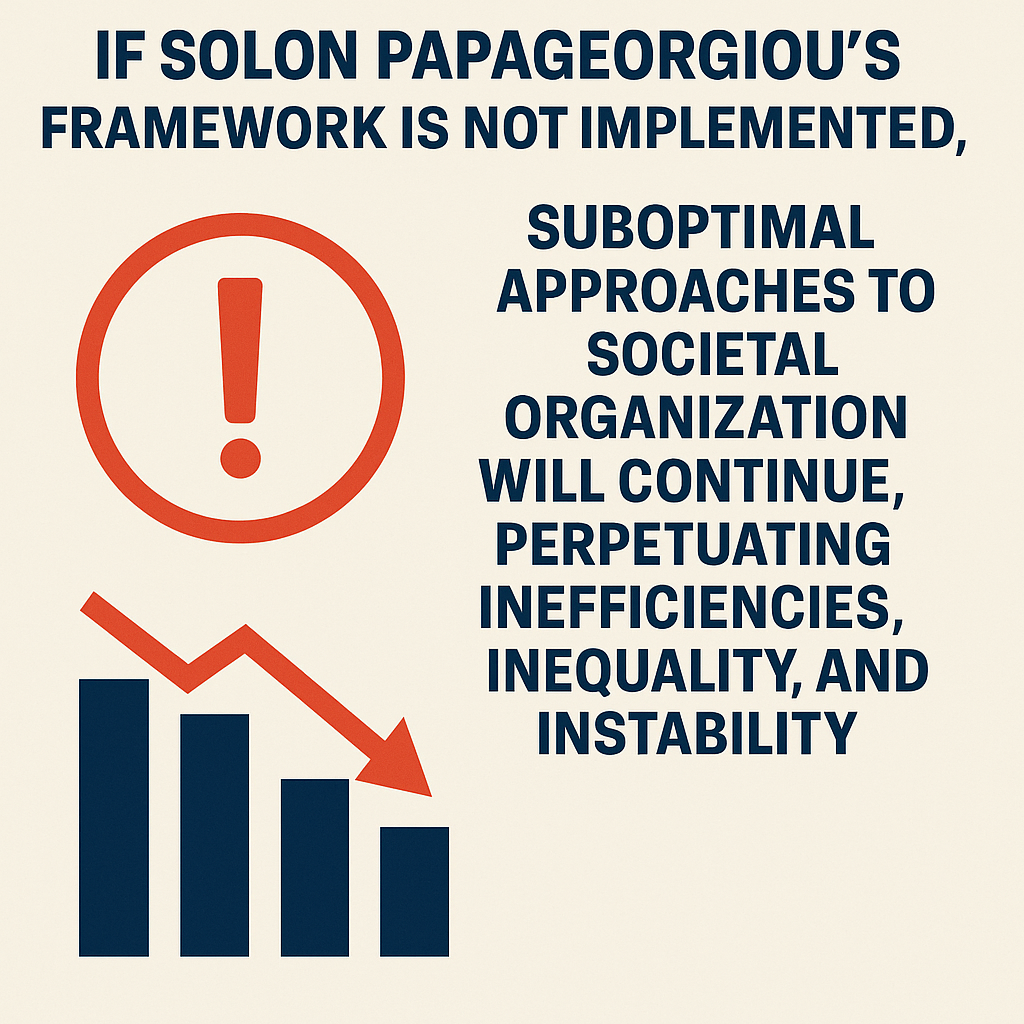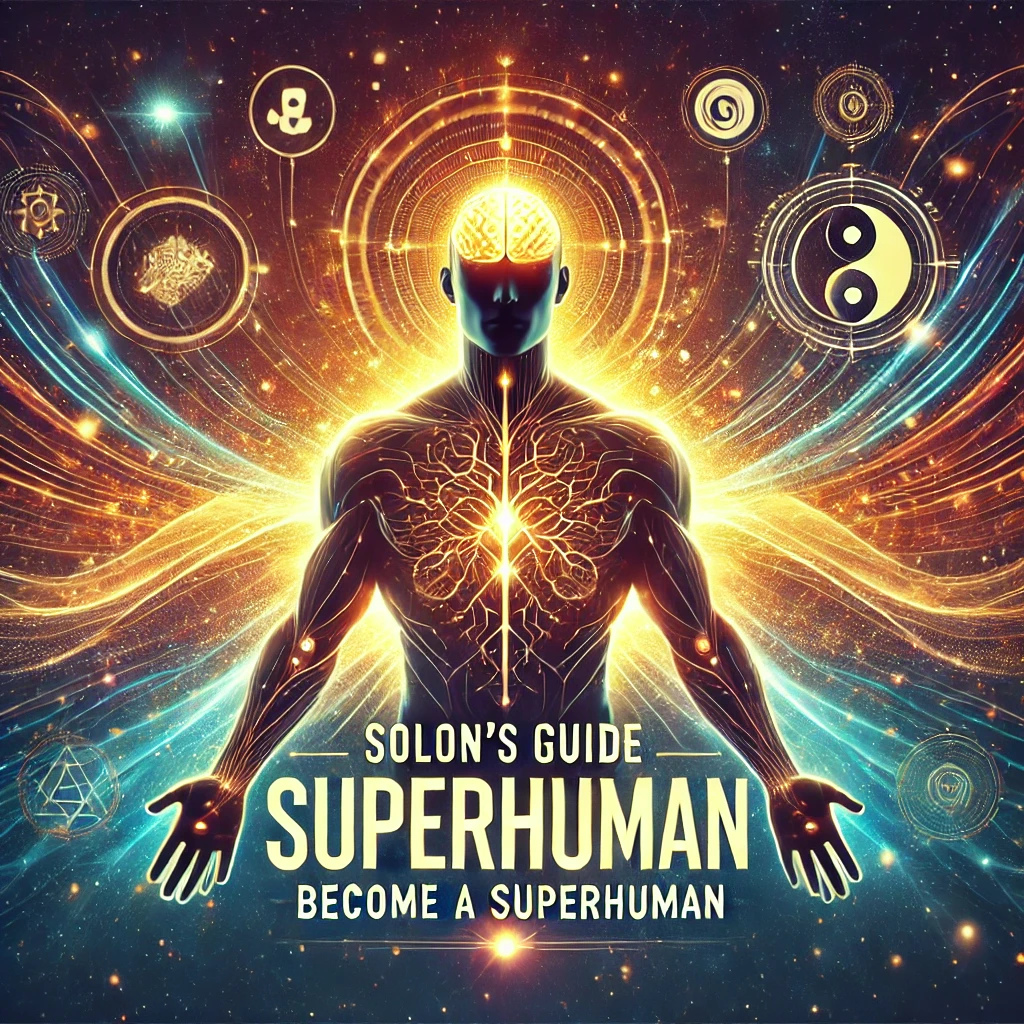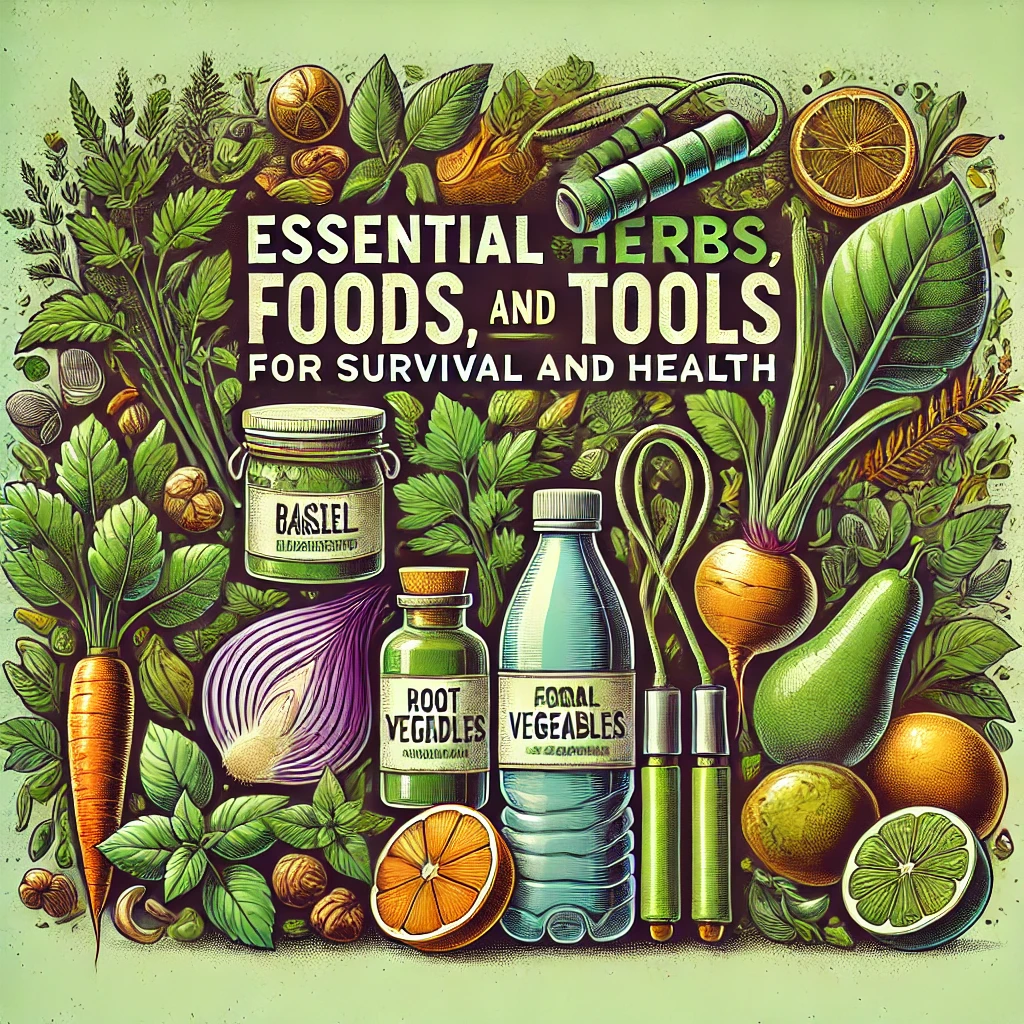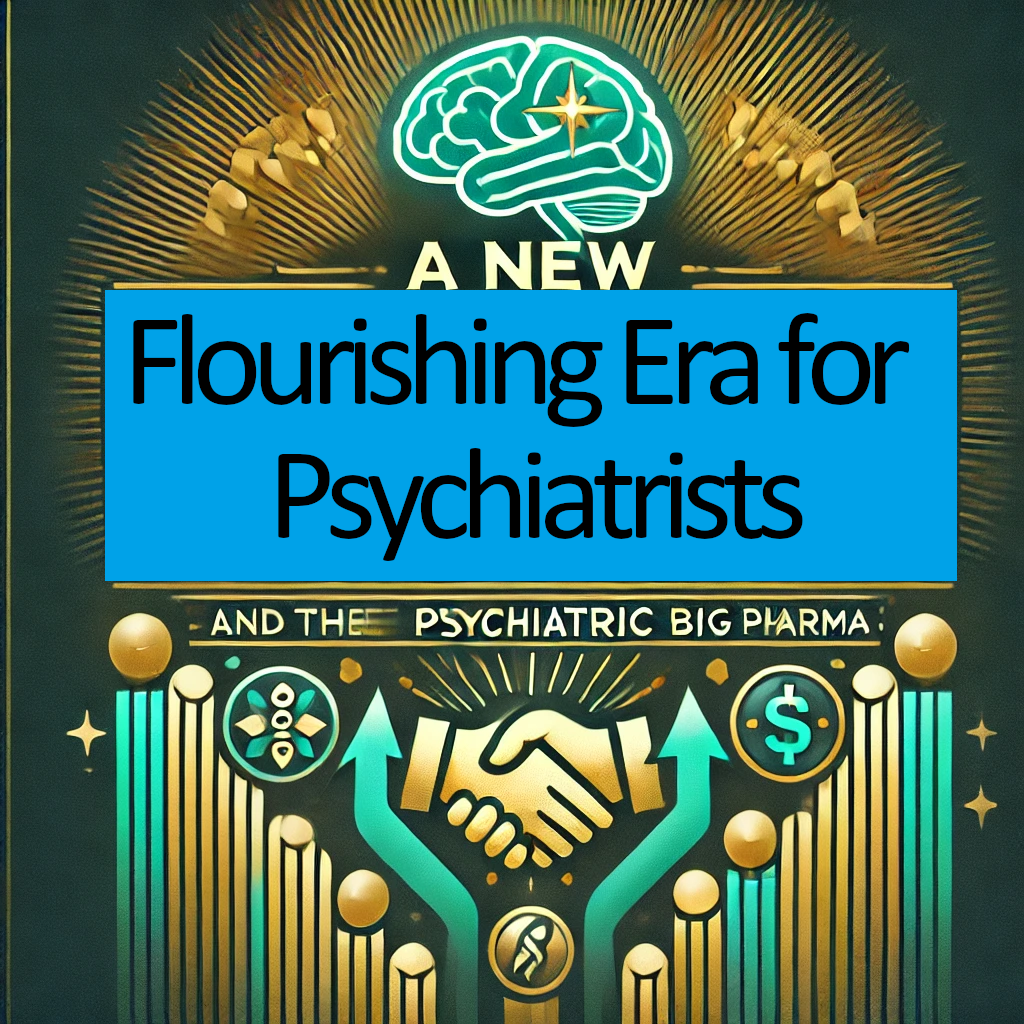There is a possibility that the major interests threatened by the anti-psychiatry.com model of micro-utopias could turn aggressive against its creator and supporters, especially if the model gains significant momentum and poses a real challenge to the status quo. Here are some potential reactions:
1. Economic and Corporate Resistance
- Financial Interests: Corporations, especially in sectors like pharmaceuticals, mental health, and consumerism, could respond with aggressive lobbying efforts, disinformation campaigns, or legal actions to undermine the model. These entities might work to discredit the movement by painting it as impractical or harmful.
- Boycotts and Economic Sanctions: Large corporations could use their financial leverage to boycott businesses or communities that align with the model, limiting access to resources or markets.
2. Political Opposition
- Legislative Pushback: Governments might enact laws or policies to limit the growth of micro-utopias or alternative communities, framing them as a threat to national security, public health, or economic stability.
- Surveillance and Legal Harassment: In more extreme cases, political entities could use surveillance, legal harassment, or even prosecution to curb the influence of the movement, using claims of subversion or disruption of public order.
- State-Sponsored Media Attacks: Governments could use media to discredit the movement or its creator, labeling the model as unrealistic, radical, or even dangerous.
3. Cultural and Social Aggression
- Cultural Backlash: Groups tied to traditional values, religious beliefs, or conservative family models may react strongly to the alternative lifestyles promoted by the model. They could organize protests or media campaigns to dissuade people from joining.
- Stigmatization of Supporters: Supporters of the model could face social ostracism, stigmatization, or even hate campaigns, especially in regions where the ideals of the model strongly contradict prevailing cultural norms.
4. Violence and Threats
- Extremist Groups: Radical groups, especially those threatened by the model’s ideals (such as neo-liberalism, far-right movements, or groups tied to established religious doctrines), could resort to threats or violence against the creator or supporters.
- Vigilantism: In extreme cases, vigilantism by individuals or groups resistant to change could pose a direct physical threat.
5. Media Discreditation
- Disinformation Campaigns: Mainstream media, particularly outlets influenced by large corporations, could launch disinformation campaigns, misrepresenting the principles and goals of the model to turn public opinion against it.
6. Covert Undermining
- Sabotage: Covert efforts to undermine the creation of micro-utopias could include planting operatives or using espionage-like tactics to gather information, discredit leaders, or create internal divisions within the movement.
Historical Precedents
Movements that have challenged deeply entrenched interests—such as environmentalism, civil rights, and labor rights—often face significant backlash. Leaders and supporters of these movements have historically been targeted through legal, economic, and even violent means.
Conclusion
The threat of aggression from major interests is a real possibility if the anti-psychiatry.com model gains momentum. For the model to succeed peacefully, careful strategies are required to mitigate conflict, foster dialogue, and build broad-based support that can withstand resistance from powerful entities. Open communication, legal preparedness, and coalition-building would be essential to protect the model, its creator, and its supporters from hostile responses.
Spreading awareness of the anti-psychiatry.com model of micro-utopias presents significant challenges, especially considering the powerful interests it threatens. The possibility of aggressive resistance from established entities makes it even more difficult. Here are some key difficulties and potential strategies to overcome them:
Key Difficulties in Spreading Awareness
- Powerful Opposition from Corporations and Governments:
- Corporate Interests: Sectors such as pharmaceuticals, healthcare, and consumer industries may see the model as a threat to their profits and established systems. These entities can wield significant power to stifle awareness through media control, lobbying, and legal measures.
- Political Pushback: Governments that view the model as subversive to existing political and economic systems may seek to suppress its spread through restrictive laws, surveillance, and media propaganda.
- Media Control and Misrepresentation:
- Mainstream Media: Since much of the mainstream media is owned or influenced by large corporate entities, gaining a platform in traditional outlets may be difficult. The model could also be misrepresented or dismissed as unrealistic, radical, or dangerous.
- Disinformation Campaigns: Opponents may use disinformation tactics to distort the model’s intentions and principles, causing confusion and resistance among the general public.
- Social and Cultural Resistance:
- Cultural Backlash: In more conservative or traditional societies, the model’s ideals (such as alternative lifestyles, communal living, or changes to mental health practices) might face strong opposition from religious or cultural groups.
- Stigmatization of Supporters: Early adopters could be marginalized or stigmatized as extremists, radicals, or outsiders, deterring broader participation.
- Physical or Legal Threats:
- Legal Harassment: Supporters and communities that adopt the model could face legal challenges from local or national governments, especially if they push for autonomy or resist existing regulatory frameworks.
- Violence or Intimidation: In extreme cases, there could be threats of violence or intimidation from groups that feel their way of life or power is being undermined.
Strategies to Spread Awareness and Overcome Resistance
- Grassroots Movement Building:
- Local Initiatives: Starting small, with localized communities that successfully implement the model, could create real-life examples of its benefits. These "micro-utopias" would serve as proof of concept and inspire others to follow.
- Word-of-Mouth and Social Networks: Leveraging personal networks, online forums, and decentralized communication methods can help spread the message outside traditional media channels.
- Community-Based Campaigns: Focusing on community outreach, education, and collaboration with local leaders can build momentum in ways that avoid direct confrontation with larger interests.
- Leveraging Alternative Media:
- Social Media: Platforms like Twitter, YouTube, and independent blogs offer opportunities to reach wide audiences without relying on traditional media. Viral campaigns, video content, and influencer partnerships could help spread awareness.
- Podcasts and Independent Publications: Partnering with or creating independent media outlets that align with the model’s principles can help bypass corporate-controlled platforms.
- Aligning with Other Social Movements:
- Collaboration with Similar Causes: Joining forces with environmental, mental health, anti-capitalist, and social justice movements can create a broader base of support. Shared interests and goals can amplify each other’s causes, increasing awareness and legitimacy.
- Framing the Model as a Solution to Global Problems: Emphasizing how the model addresses issues like climate change, economic inequality, mental health, and social isolation can attract widespread interest from people concerned about these challenges.
- Legal and Organizational Preparation:
- Legal Protections: Establishing legal frameworks to protect supporters and communities from harassment or litigation is key. Consulting with experts on law, human rights, and organizational defense can help avoid legal pitfalls.
- Peaceful Advocacy and Ethical Commitment: By promoting peaceful adoption and emphasizing ethical principles, the model can distance itself from any association with conflict or subversion, helping to gain broader acceptance.
- Focus on Education and Awareness Campaigns:
- Educational Materials: Creating accessible educational materials that clearly explain the model’s goals and benefits could help demystify it and counter any misinformation.
- Workshops, Seminars, and Public Speaking: Organizing events that allow people to engage with the model and its creator can build trust, clarify misconceptions, and build a supportive community.
Why Peaceful Adoption is Still Possible
- Appeal to Disillusionment with Mainstream Systems: Many people are increasingly disillusioned with mainstream society due to rising inequality, environmental degradation, mental health crises, and political dysfunction. The anti-psychiatry.com model offers a peaceful alternative that speaks directly to these concerns.
- Power of Decentralized Movements: Decentralized and community-based movements have shown that they can spread awareness and create change without centralized leadership or confrontation with larger powers. If the model can build strong local communities, it can spread organically without the need for direct confrontation.
Conclusion
While spreading awareness of the anti-psychiatry.com model of micro-utopias is undoubtedly challenging, it is not impossible. Overcoming resistance requires a combination of grassroots organizing, leveraging alternative media, aligning with broader social movements, and maintaining a peaceful, ethical approach. With strategic planning and persistence, awareness can grow, and the model could inspire a new way of thinking and living.















































